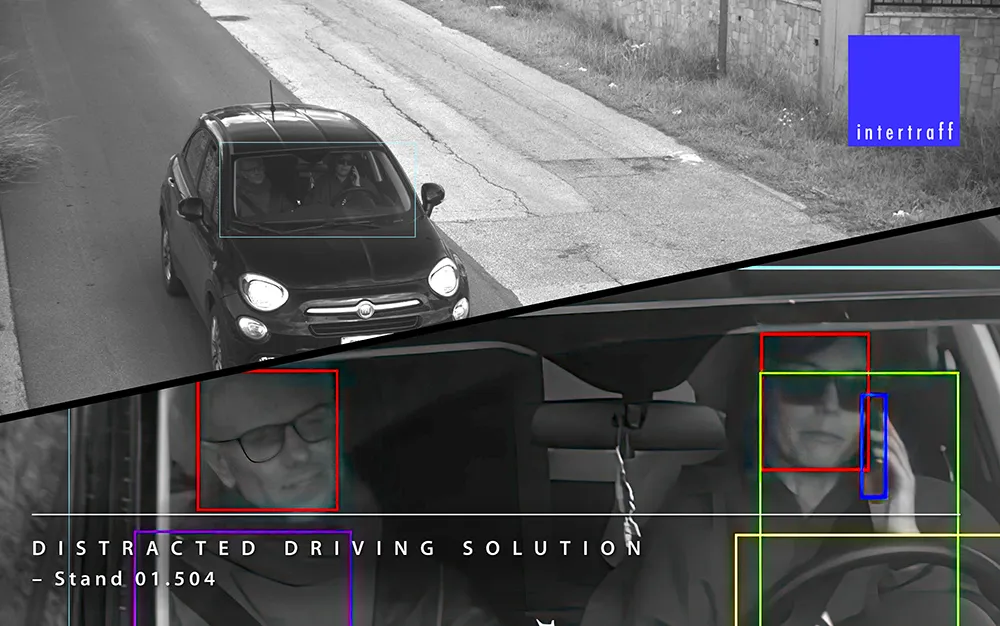At the Vision show in Stuttgart earlier this month, the company showed off for the first time its ML610M 6-10mm varifocal lens with 4k resolution, NIR correction for a 2/3” sensor covering the focal range of 3 prime lenses with up to 87 degrees horizontal field of view.
The telephoto lens portfolio is most popular for long distance, high detail applications such as ANPR/LPR and tolling, the company says, with 4k and 5+ megapixel resolutions maintained even in near IR light.
Mark Peterson, VP advanced technology at Theia, says: “Theia lenses are particularly good in NIR illumination with only a 5 micron focus shift, making reading number plates in low light and bad weather conditions an easier task.”
The company has models with Precise iris, or P-iris for improved depth of field and says that the lenses are “very compact for their telephoto focal range, size format and full feature capability, including models with motorised zoom, focus and IR cut filter”.
Theia lenses bring ANPR/LPR into focus
Theia Technologies says its range of 4K and megapixel NIR corrected lenses for ITS can be used in applications ranging from long distance traffic surveillance and ANPR/LPR, to ultra-wide views without distortion.
At the Vision show in Stuttgart earlier this month, the company showed off for the first time its ML610M 6-10mm varifocal lens with 4k resolution, NIR correction for a 2/3” sensor covering the focal range of 3 prime lenses with up to 87 degrees horizontal field of view.
The telephoto lens po
November 23, 2018
Read time: 2 mins









